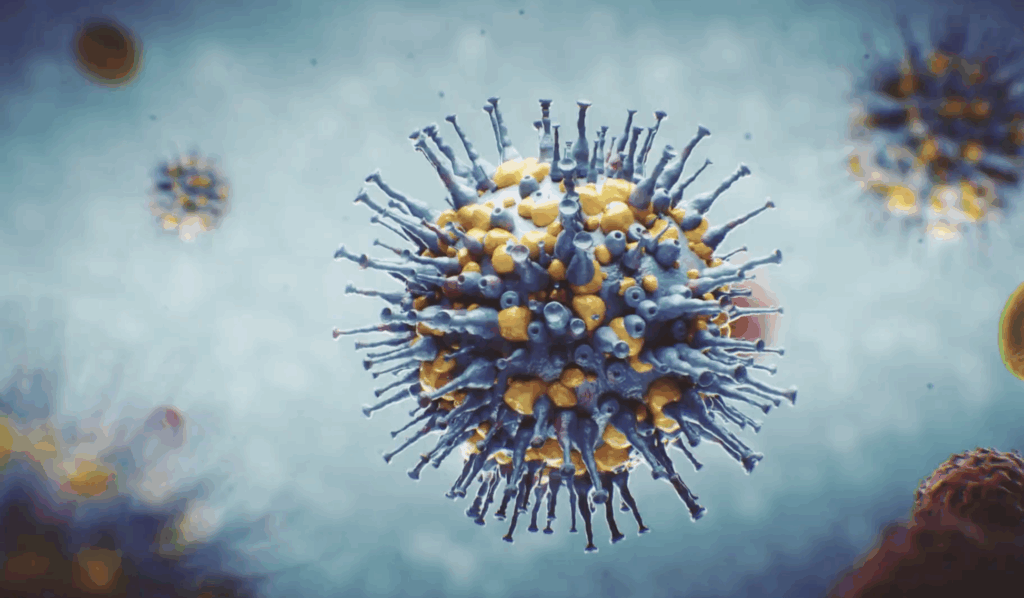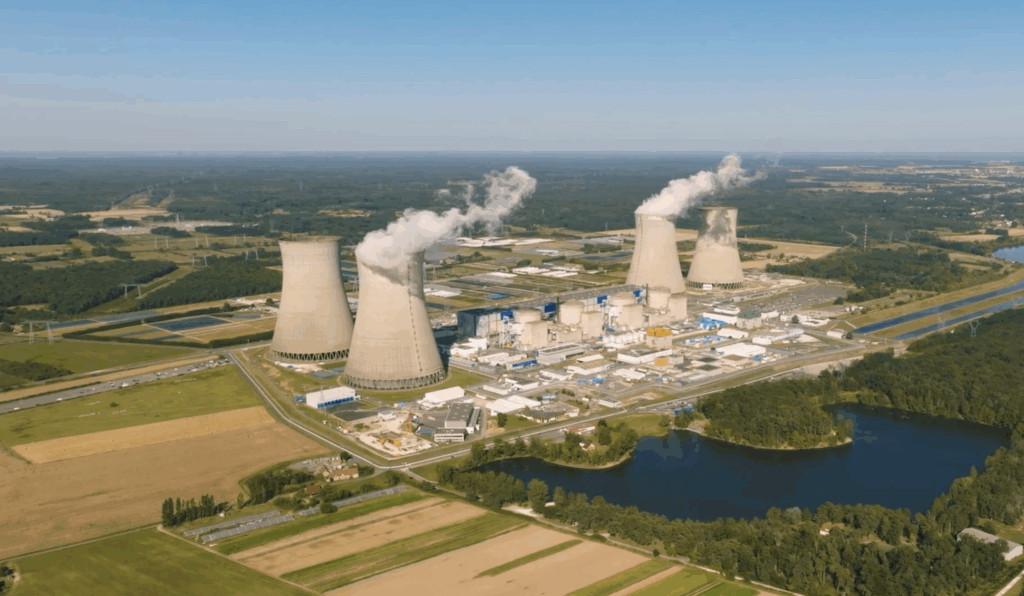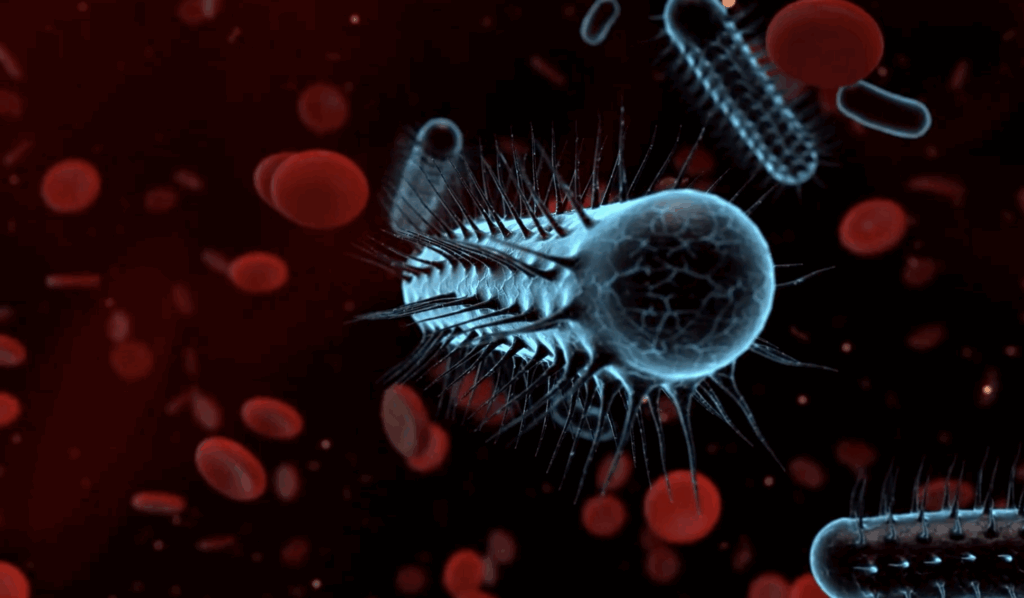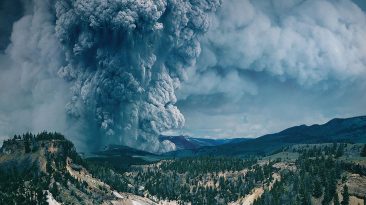As 2025 approaches, the world faces a mix of alarming risks and exciting possibilities. From global conflicts to scientific breakthroughs, here is a look at ten scenarios that could define the year and how likely they are to affect humanity.
1. The Threat of Nuclear War
Global tensions remain high, particularly between Russia and Ukraine. Reports suggest Russia could respond with nuclear weapons if its territory is attacked by long range missiles, with even discussions of potential deployment in space. While mutually assured destruction has historically prevented full scale nuclear conflict, a single launch could trigger a catastrophic chain reaction.

A nuclear strike on major cities like New York could instantly kill millions and leave long term survivors to face radiation sickness and cancer. The resulting nuclear winter could darken the skies for years. Despite the terrifying scenario, experts estimate the probability of worldwide devastation from a nuclear war at around 11 percent.
2. A Potential World War III
While nuclear war is unlikely, the risk of a global conflict remains. Regional wars in the Middle East and the ongoing Russia Ukraine clash could escalate if new nations join the fight. Modern warfare has shifted toward drones and remote attacks, meaning civilians in urban areas may face unforeseen dangers.

A potential World War Three could involve mandatory conscription and mass displacement in some countries. The likelihood of a human ending war in 2025 is estimated at 38 percent.
3. A Bioengineered Pandemic
Scientists continue to study deadly pathogens, sometimes creating strains far more contagious than their natural counterparts. For example, a modified H5N1 bird flu virus could theoretically kill over 50 percent of those infected if accidentally released.

Past viruses like COVID 19 showed just how disruptive a pandemic can be, and a more lethal pathogen could bring global panic, shortages, and widespread societal upheaval. Experts suggest the probability of a pandemic causing extreme devastation at around 30 percent.
4. Alien Contact
While extraterrestrial life remains unconfirmed, the possibility cannot be ignored. According to the Drake Equation, there is up to a 47 percent chance that intelligent life exists elsewhere in the Milky Way. If aliens arrived on Earth in 2025, outcomes could range from hostile invasions to peaceful interactions.

Governments would likely enforce emergency protocols while assessing potential threats. The likelihood of an alien encounter dramatically affecting humanity is extremely low, around 1 percent.
5. Supervolcano Eruption
Earth’s natural forces pose their own threats. Yellowstone National Park sits atop a supervolcano that has erupted three times in history, with the last eruption 640,000 years ago. A major eruption would blanket states with ash, disrupt global agriculture, and trigger a prolonged nuclear winter.
Fortunately, scientists estimate the chance of a catastrophic eruption in 2025 at just 0.00014 percent.
6. The Rise of Clean Nuclear Energy
Not all nuclear developments are dangerous. Nuclear power offers one of the cleanest ways to generate electricity, potentially powering AI systems, space exploration, and climate solutions without increasing carbon emissions. If 2025 sees a significant boost in nuclear energy adoption, it could accelerate technological advancement while helping combat climate change. Experts put the probability of this happening at 35 percent.

7. Billionaire Led Geoengineering
As global temperatures rise, some wealthy individuals are considering geoengineering projects such as scattering sunlight reflecting chemicals in the atmosphere to counteract climate change. While such efforts could help prevent a 1.5 degree Celsius increase in global temperatures, they carry significant risks.
Unintended ecological consequences could include crop failures, natural disasters, or worsening weather events. The chance of a major geoengineering experiment in 2025 is estimated at 23 percent.
8. Carbon Eating Bacteria
Scientists have developed genetically modified E coli bacteria capable of consuming carbon dioxide. If scaled successfully, these bacteria could help clean the atmosphere and reduce reliance on fossil fuels. While promising, this technology is still in early development, with a probability of widespread adoption in 2025 around 9 percent.

9. Household Robots Take Over Chores
Robotics are evolving quickly, and 2025 could see fully integrated home robots handling mundane tasks. From Dyson’s robodog to Stanford’s Mobile Aloha robot, devices can vacuum, mop, cook, and organize homes. The dream of a single robot managing all household chores and maybe even providing companionship could become reality. Experts suggest the likelihood of widespread household robot adoption next year at 28 percent.

10. AI Revolution
Artificial intelligence continues to grow in power and capability, affecting everything from medicine to energy efficiency. With enough clean energy, AI could help solve global problems, explore space, and optimize resources on a planetary scale. 2025 may mark a turning point for AI driven progress, paving the way for a future of technological breakthroughs without worsening climate change.


















